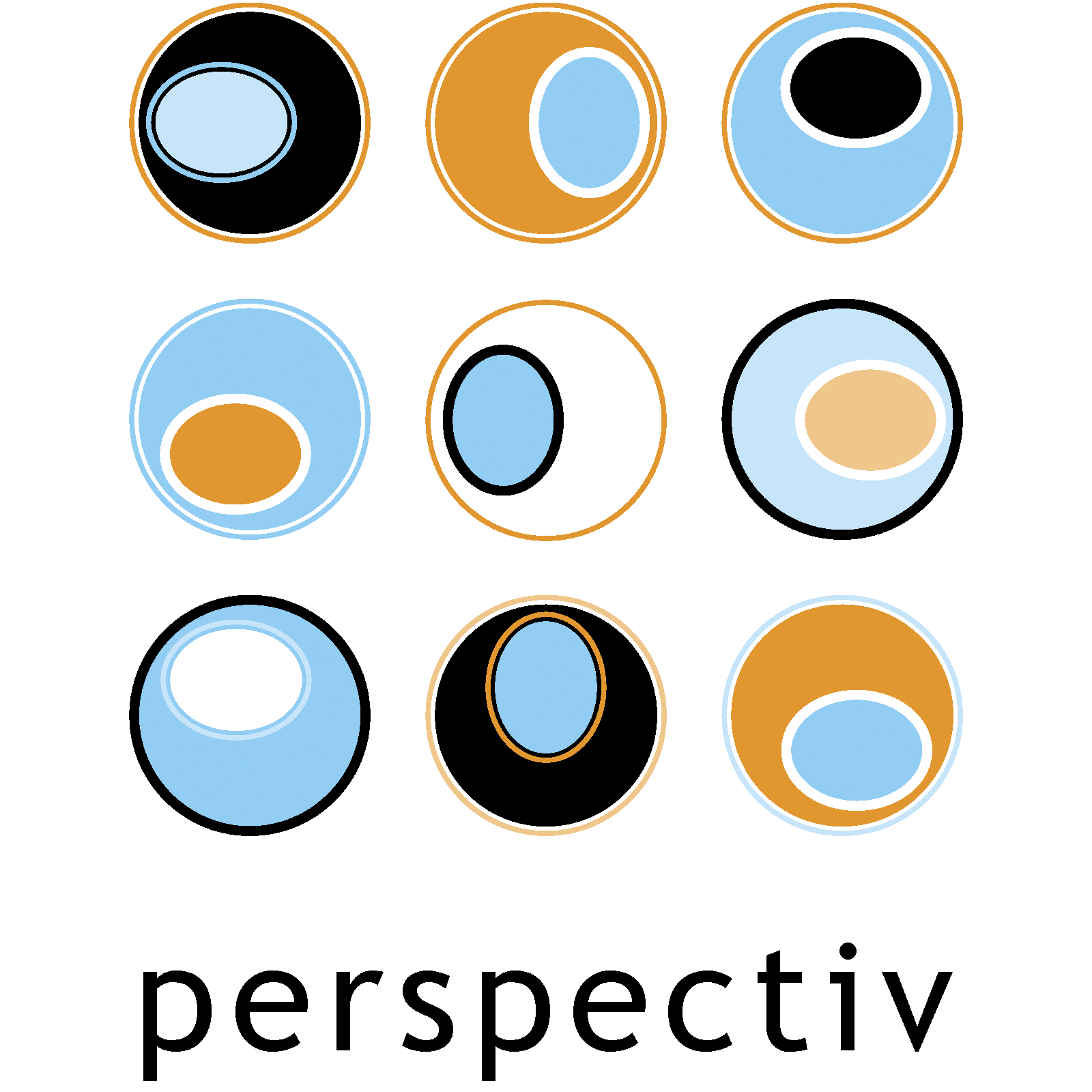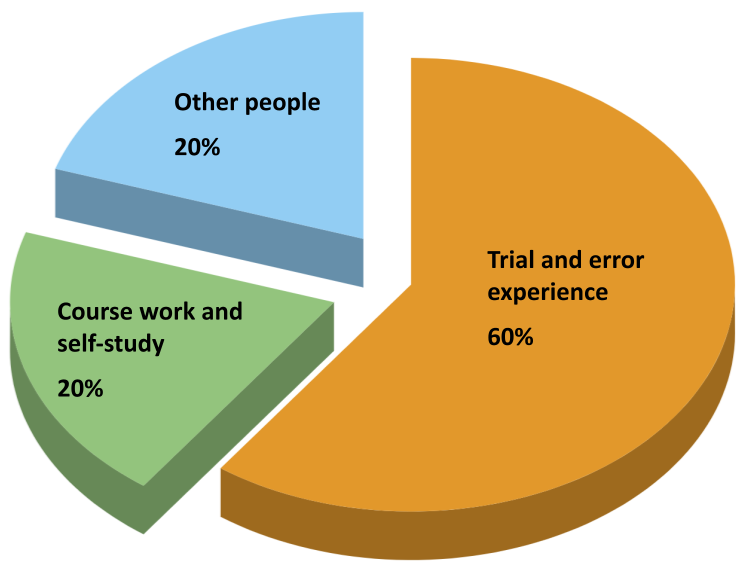Leadership development is continual self development
‘And there were three men went down the road
As down the road went he
The man he was
The man I saw and
The man he wanted to be.’
– John Masefield
How we learn
In order to improve in any field of activity, we need to change and grow, otherwise our skills and knowledge become quickly out of date in a rapidly changing world. To grow and change means we have to take risks, let go, try new things and continually learn from our own experiences: you can only lead others where you are willing to go.
Ultimately, raising our game as adults is about self-development. Nowhere is this more the case than in the field of leadership development. After all – the basic tool of a leader is the ‘self’.
Some people improve themselves through accident or luck or destiny but most people succeed through determination combined with enlightened trial and error. Skills can be learned in the ‘classroom’ through education or from other people, but we learn three times as much by our own experiences.
HOW WE LEARN
There’s no real substitute for learning through trial and error – the ‘school of hard knocks’ that people often refer to. More people mention ‘experience’ as the most important way to learn. The best teacher in adult development is experience where your experiences are your lessons.
Creating opportunities for people to learn from their own and other people’s experiences – both real and simulated – is an important aspect of leadership development.
Another key to self development is feedback – akin to looking in the mirror. Without feedback, we remain unaware of the consequences of our behaviour on others, whether our behaviour helps or hinders them. Developmental feedback also helps us as we reflect on our competence, confidence and commitment when trying out new approaches.
Feedback can come from a number of sources such as your followers, manager, peers, or a coach. Whoever provides feedback to you, it must be honest, candid and constructive. Providing developmental feedback to people is itself a great skill to be learned.
CONTINUOUS SELF IMPROVEMENT
Continuous self development
Continual self development involves checking in on what’s currently happening, analysing and drawing some general conclusions based on the feedback received, deciding what to do as a result, making plans, and then doing it. The continuous cycle continually turns until alignment with your ideal self is reached and / or mastery is achieved.
This kind of learning does not unfold in a smooth, orderly way but follows a sequence with differing amounts of time and effort and continual feedback, looping backwards and forwards.
Check in on your current self to find out your strengths and blind spots. Ask your learning buddy to specifically observe your behaviours; or ask colleagues, your manager, or followers to provide you with feedback on how your actions affect their performance.
Understand what the information means and when, where and why you behave that way.
Determine if you want to do anything about it or not. Decide if the results and feedback you are getting from people are in alignment with your ideal self. Make plans for improvement – things to try to get closer to your ideal self.
Then do – perform – try it – and see what happens– and repeat the process continually.
To make changes stick you have to do and redo over and over again in order to break old habits. It is estimated that 100-300 repetitions are needed to break a habit or at least 21 days of concerted effort!
This is when your learning buddy also has a very important role to play – to encourage you when the going gets tough. As the song goes, we also need a little help from our friends. Research shows that best practice learning also involves either a critical friend / learning buddy and / or a coach to help you.



